#Phyllis Povah
Text

Let's Face It, US Lobby Card #6. 1943
#Let's Face It#Sidney Lanfield#Betty Hutton#Abigail Adams#Ann Adams#Lena Belle#Helena Brinton#Barbara Brooks#Marjorie Deanne#Dona Drake#Phyllis Povah#Marjorie Weaver#Lobby Card#Lobby Cards
4 notes
·
View notes
Photo

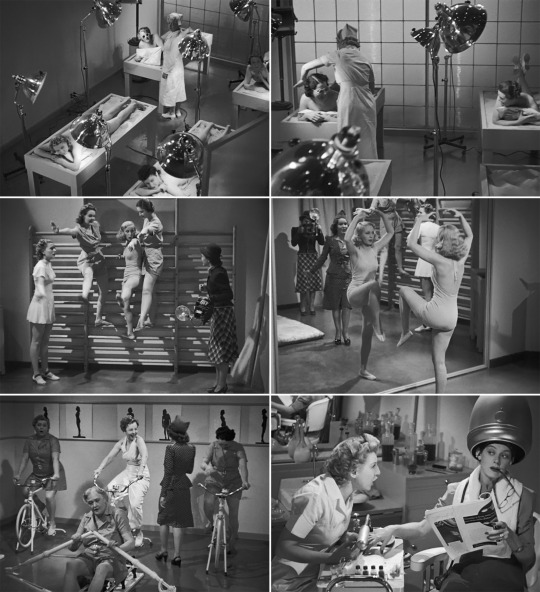


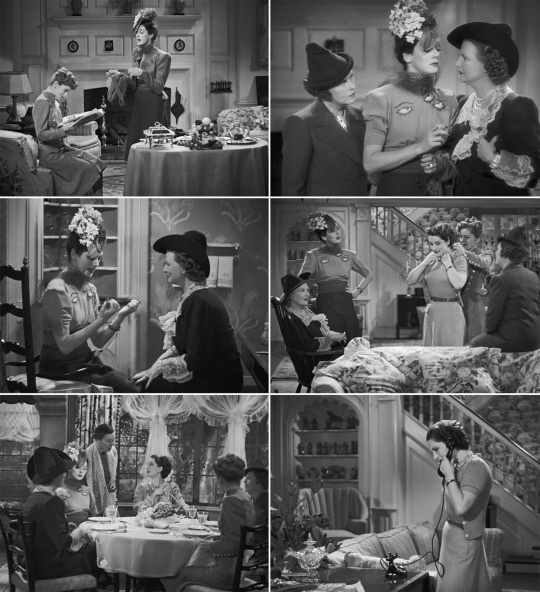

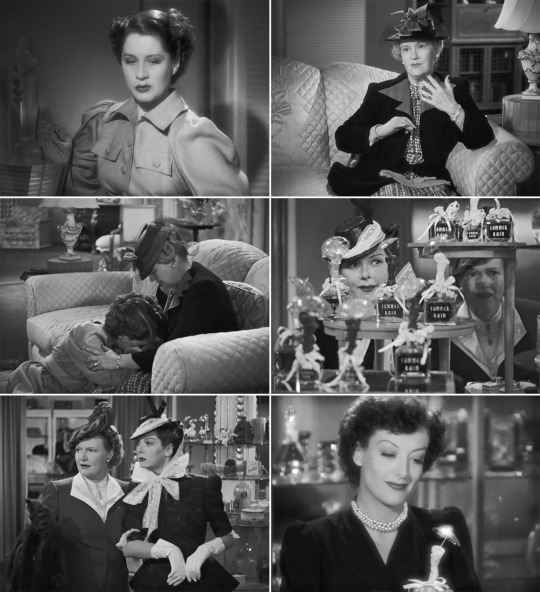
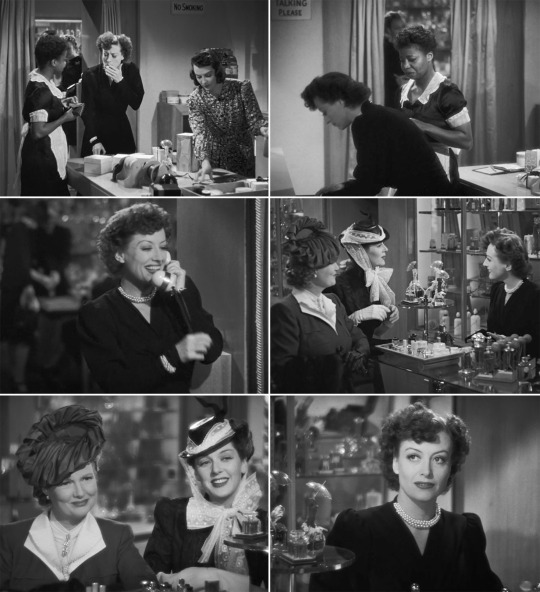
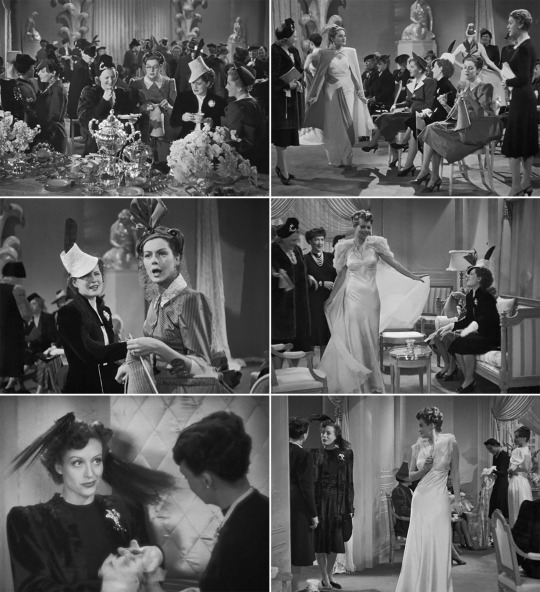

The Women is a 1939 American comedy-drama film directed by George Cukor. The film is based on Clare Boothe Luce's 1936 play of the same name
#the women 1939#the women old hollywood movie#old hollywood#old hollywood movies#old hollywood classic#old hollywod glamour#vintage hollywood#golden age of hollywood#George Cukor#Norma Shearer#Joan Crawford#Rosalind Russell#Mary Boland#Paulette Goddard#Phyllis Povah#Joan Fontaine#Virginia Weidler#old movies
29 notes
·
View notes
Text
7 agosto … ricordiamo …
7 agosto … ricordiamo …
#semprevivineiricordi #nomidaricordare #personaggiimportanti #perfettamentechic
2022: Roger E. Mosley, Roger Earl Mosley, attore statunitense. È noto principalmente per il suo ruolo di Theodore “TC” Calvin nella serie televisiva Magnum, P.I.. Mosley era sposato con Antonietta Laudermilk; sono stati insieme per quasi sessant’anni. Roger è stato coinvolto in un grave incidente automobilistico, lasciandolo in condizioni critiche, paralizzato dalle spalle in giù. In seguito è…

View On WordPress
#7 agosto#Anita Farra#Étienne Chicot#Brion Howard James#Brion James#Bruno Cremer#Charles Carlton Maxwell#Charles Maxwell#Ferdinando Angelini#Giusta Manca di Villahermosa#Ignazio Balsamo#Jane Withers#John Anderson#Markie Post#Morti 7 agosto#Nando Angelini#Oliver Hardy#Oliver Norvell Hardy#Ollio#Phyllis Povah#Roger E. Mosley#Roger Earl Mosley#Rubi Dalma#Ruby Dalma#Salvatore Ferragamo#Thomas Neal#Tom Neal
0 notes
Text

The Women 1939
The Women is a 1939 American comedy-drama film directed by George Cukor. The film is based on Clare Boothe Luce's 1936 play of the same name and was adapted for the screen by Anita Loos and Jane Murfin, who had to make the film acceptable for the Production Code for it to be released.
The film stars Norma Shearer, Joan Crawford, Rosalind Russell, Paulette Goddard, Joan Fontaine, Lucile Watson, Mary Boland, Florence Nash, and Virginia Grey. Marjorie Main and Phyllis Povah also appear, reprising their stage roles from the play. Ruth Hussey, Virginia Weidler, Butterfly McQueen, Theresa Harris, and Hedda Hopper also appear in smaller roles. Fontaine was the last surviving actress with a credited role in the film; she died in 2013.
The film continued the play's all-female tradition—the entire cast of more than 130 speaking roles was female. Set in the glamorous Manhattan apartments of high society evoked by Cedric Gibbons, and in Reno, Nevada, where they obtain their divorces, it presents an acidic commentary on the pampered lives and power struggles of various rich, bored wives and other women they come into contact with.
Filmed in black and white, it includes a six-minute fashion parade filmed in Technicolor, featuring Adrian's most outré designs; often cut in modern screenings, it has been restored by Turner Classic Movies. On DVD, the original black-and-white fashion show, which is a different take, is available for the first time.
Throughout The Women, not a single male character is seen or heard. The attention to detail was such that even in props such as portraits, only female figures are represented, and several animals which appeared as pets were also female. The only exceptions are a poster-drawing of a bull in the fashion show segment, a framed portrait of Stephen Haines as a boy, a figurine on Mary's night stand, and an advertisement on the back of the magazine Peggy reads at Mary's house before lunch that contains a photograph of Douglas Fairbanks, Jr.
In 2007, The Women was selected for preservation in the United States National Film Registry by the Library of Congress as being "culturally, historically, or aesthetically significant".
27 notes
·
View notes
Photo

Rosalind Russell and Norma Shearer in The Women (George Cukor, 1939)
Cast: Norma Shearer, Joan Crawford, Rosalind Russell, Mary Boland, Paulette Goddard, Joan Fontaine, Phyllis Povah, Virginia Weidler, Marjorie Main. Screenplay: Anita Loos, Jane Murfin, based on a play by Clare Boothe Luce. Cinematography: Oliver T. Marsh, Joseph Ruttenberg. Art direction: Cedric Gibbons. Film editing: Robert Kern. Music: David Snell, Edward Ward.
Despite the novelty of its all-female cast, George Cukor's film flunks the Bechdel test completely: All the women in The Women talk about is men. They don't talk about their jobs because they don't have them: They circulate in a world of cocktail parties, kaffeeklatsches, spas, and venues for shopping. The one exception is Crystal Allen (Joan Crawford), who to my mind becomes the film's real heroine with her resigned "back to the perfume counter" final speech after she receives her comeuppance. Say what you will about Crystal, and the characters in The Women have plenty to say about her, she has a spine and a pretty solid view that the world is still there for her taking by any means necessary. Of course, the nominal heroine is poor Mary (Mrs. Stephen) Haines (Norma Shearer), who gets the final soft-focus scene as, dewy-eyed, she heads off to reconcile with her husband. I want to be a little more generous to Shearer than some have been: She has been given a thankless role -- generous, self-effacing, motherly to a fault -- and is upstaged not only by a formidable adversary but also a surrounding cast of colorful, wisecracking characters, from Rosalind Russell's bumptious, overdressed gossip to Paulette Goddard's wryly tough chorus girl on the make to Mary Boland's relentless serial divorcee. We are supposed to root for Mary, but why? This is where I think the gimmick, the all-female cast, does Shearer, a disservice. If we actually met Stephen Haines, we might have some clue as to why Mary takes so long to kick him out and then is so delighted to rush to his Crystal-stained arms at the film's end. Shearer is forced to play a role without a motive other than blindly enduring love. That she does it as well as she can gives her some default points, but for most of of the film she has to rely on Shearerisms: chin up, eyes moist, shoulders back. The character comes to life only at the end when Mary decides to fight back by marshaling all the dirty tricks she has been taught, and Shearer is fun to watch as she plays them. Still, her triumph over Crystal is only the product of a tired dramatic formula. Crawford's performance mops the floor with the rest of the cast and earns our respect for Crystal with her delivery of the famous exit line: "There a name for you ladies, but it isn't used in high society ... outside of a kennel. So long, ladies!" Everything else is anticlimax. Cukor gives the film great energy, though the adaptation by Anita Loos and Jane Murfin of the Clare Boothe Luce play (with uncredited help from F. Scott Fitzgerald and Donald Ogden Stewart) is so full of would-be zingers that they begin to get a little tiresome. Sadly, the only respite from the non-stop bitchery is to introduce another weepy scene between Mary and her mother (Lucile Watson) or her daughter (Virginia Weidler). At two hours and 13 minutes, The Women seems at least 13 minutes overlong.
3 notes
·
View notes
Photo
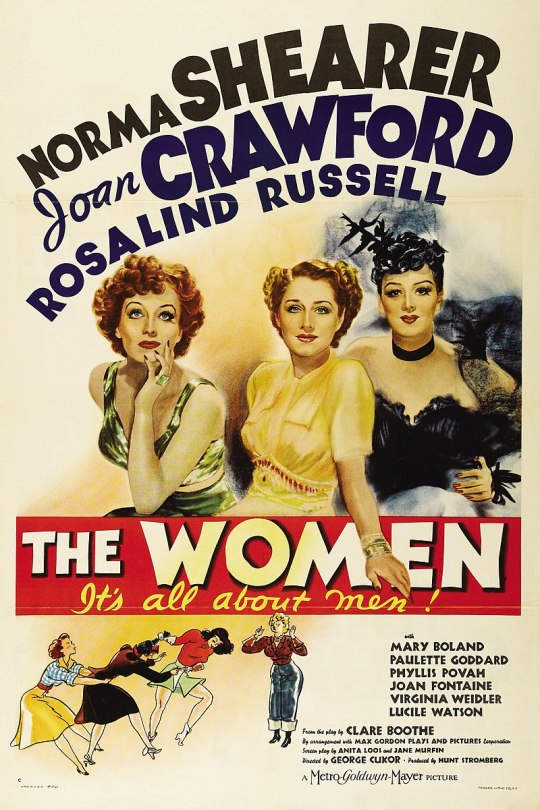
The Women is a 1939 American comedy-drama film directed by George Cukor. The film is based on Clare Boothe Luce's 1936 play of the same name, and was adapted for the screen by Anita Loos and Jane Murfin, who had to make the film acceptable for the Production Code for it to be released.
The film stars Norma Shearer, Joan Crawford, Rosalind Russell, Paulette Goddard, Joan Fontaine, Lucile Watson, Mary Boland, Florence Nash, and Virginia Grey. Marjorie Main and Phyllis Povah also appear, reprising their stage roles from the play. Ruth Hussey, Virginia Weidler, Butterfly McQueen, Theresa Harris, and Hedda Hopper also appear in smaller roles. Fontaine was the last surviving actress with a credited role in the film; she died in 2013.
The film continued the play's all-female tradition—the entire cast of more than 130 speaking roles was female. Set in the glamorous Manhattan apartments of high society evoked by Cedric Gibbons, and in Reno, Nevada, where they obtain their divorces, it presents an acidic commentary on the pampered lives and power struggles of various rich, bored wives and other women they come into contact with.
Filmed in black and white, it includes a six-minute fashion parade filmed in Technicolor, featuring Adrian's most outré designs; often cut in modern screenings, it has been restored by Turner Classic Movies. On DVD, the original black-and-white fashion show, which is a different take, is available for the first time.
Throughout The Women, not a single male character is seen or heard. The attention to detail was such that even in props such as portraits, only female figures are represented, and several animals which appeared as pets were also female. The only exceptions are a poster-drawing of a bull in the fashion show segment, a framed portrait of Stephen Haines as a boy, a figurine on Mary's night stand, and an advertisement on the back of the magazine Peggy reads at Mary's house before lunch that contains a photograph of Douglas Fairbanks, Jr.
In 2007, The Women was selected for preservation in the United States National Film Registry by the Library of Congress as being "culturally, historically, or aesthetically significant".
https://en.wikipedia.org/wiki/The_Women_(1939_film)
1 note
·
View note
Audio
(Literary License Podcast)
The Women (1939)
The Women is a 1939 American comedy-drama film directed by George Cukor. The film is based on Clare Boothe Luce's 1936 play of the same name, and was adapted for the screen by Anita Loos and Jane Murfin, who had to make the film acceptable for the Production Code for it to be released. The film stars Norma Shearer, Joan Crawford, Rosalind Russell, Paulette Goddard, Joan Fontaine, Lucile Watson, Mary Boland, Florence Nash, and Virginia Grey. Marjorie Main and Phyllis Povah also appear, reprising their stage roles from the play. Ruth Hussey, Virginia Weidler, Butterfly McQueen, and Hedda Hopper also appear in smaller roles. Fontaine was the last surviving actress with a credited role in the film; she died in 2013. It is also important to note that even the animals and pets are all female. The film continued the play's all-female tradition—the entire cast of more than 130 speaking roles was female. Set in the glamorous Manhattan apartments of high society evoked by Cedric Gibbons, and in Reno, Nevada, where they obtain their divorces, it presents an acidic commentary on the pampered lives and power struggles of various rich, bored wives and other women they come into contact with. Filmed in black and white, it includes a six-minute fashion parade filmed in Technicolor, featuring Adrian's most outré designs; often cut in modern screenings, it has been restored by Turner Classic Movies. On DVD, the original black-and-white fashion show, which is a different take, is available for the first time.
The Opposite Sex (1956)
The Opposite Sex is a 1956 American musical romantic comedy film shot in Metrocolor and CinemaScope.[3][4] The film was directed by David Miller and stars June Allyson, Joan Collins, Dolores Gray, Ann Sheridan, and Ann Miller, with Leslie Nielsen, Jeff Richards, Agnes Moorehead, Charlotte Greenwood, Joan Blondell, and Sam Levene.
The Opposite Sex is a remake of the 1939 comedy film The Women. Both films are based on Clare Boothe Luce's original 1936 play.
Unlike the 1936 play and the 1939 film adaptation, The Opposite Sex includes musical numbers and features male actors who portray the husbands and boyfriends, whose characters were only referred to in the previous film and stage versions.[6] This alters the structure and tone of the base storyline significantly.
Opening Credits; Introduction (.37); Background History (42.13);The Women (1939) Film Trailer (44.51); The Original (48.16); Let's Rate (1:43.07); Amazing Design (1:59.54); Introducing a Remake (2:01.07); The Opposite Sex (1956) Film Trailer (2:01.41); The Remake (2:05.22); How Many Stars (2:44.07); End Credits (2:58.26); Closing Credits (3:00.39)
Opening Credits– Epidemic Sound – copyright 2021. All rights reserved
Closing Credits: There’s Always A Woman – by Kaye Ballard and Sally Mayes Taken from the album Unsung Sondheim. Copyright 1993 Varese Sarabande
Original Music copyrighted 2020 Dan Hughes Music and the Literary License Podcast.
All rights reserved. Used with Kind Permission
All songs available through Amazon Music.
0 notes
Text

Stars of 1939
Florence Nash ✧ Phyllis Povah ✧ Rosalind Russell ✧ Joan Crawford ✧ Norma Shearer ✧ Paulette Goddard ✧ Mary Boland ✧ Joan Fontaine
#mgm#metro goldwyn mayer#1939#1930s#actress#Hollywood#starlet#film#movie#icon#golden age#aesthetic#Florence nash#Phyllis povah#Rosalind Russell#Joan Crawford#Norma shearer#Paulette goddard#Mary boland#Joan fontaine#picture#classic#old#vintage#retro#fashion#gorgeous#glamour#beautiful#dress
78 notes
·
View notes
Text
Sylvia: Well, heaven be praised, I'm on to my husband. I wouldn't trust him on Alcatraz, the mouse!
Peggy: Oh, Sylvia, you oughtn't to talk about Hugh like that! Why, I think it's disloyal!
Sylvia: Oh, now, listen, Peggy, do we know how the men talk about us, when we're not around?
Edith: I've heard rumors!
Sylvia: Exactly.
2 notes
·
View notes
Text
The Women (1939) - The Original
The Women (1939) – The Original
The Women (1939) by George Cukor
While I’m revising old posts here, I also decided to review some of my favorite movies and I’m starting with George Cukor’s The Women. Not only is George Cukor my favorite classic director, but the movie’s cast consists entirely of women – and females as the dogs and monkeys shown are also female. The Women is a fantastic comedy about, well, women. And maybe…

View On WordPress
#classic#Crystal Allen#favorite#George Cukor#joan crawford#Joan Fontaine#Lucile Watson#Marjorie Main#Mary Boland#Mary Haines#MGM#MGM classic#Paulette Goddard#Peggy Day#Phyllis Povah#Rosalind Russell#Sylvia Fowler#Virginia Weidler
5 notes
·
View notes
Text


On this day in 1930, Ruthie opened in the play "Hotel Universe".
#ruth gordon#old hollywood#vintage#beautiful#1930#1930s#hotel universe#play#phyllis povah#Katherine alexander
5 notes
·
View notes
Photo


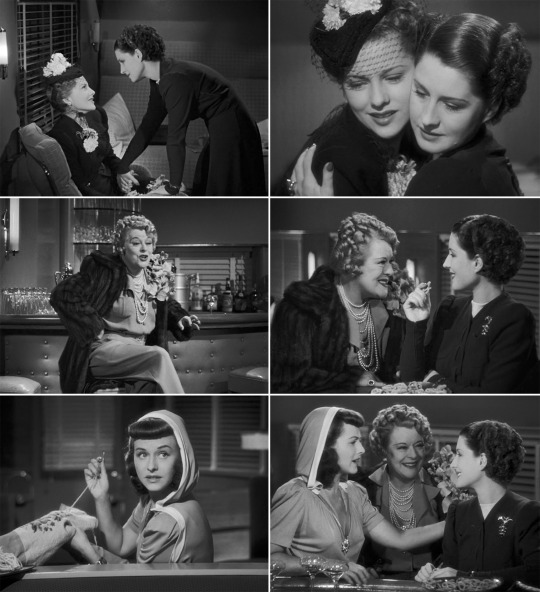


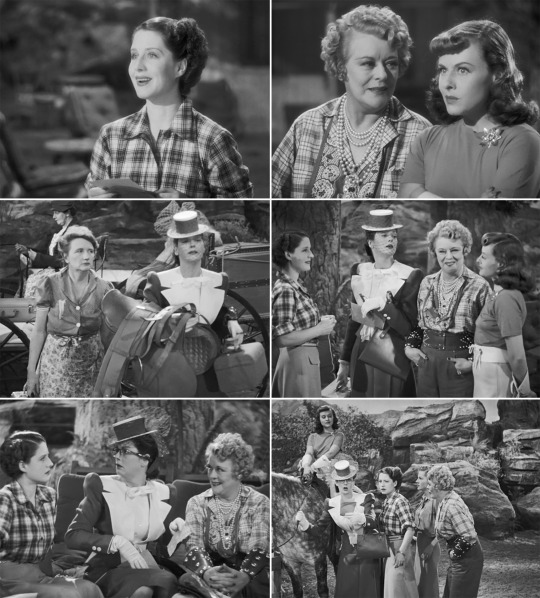

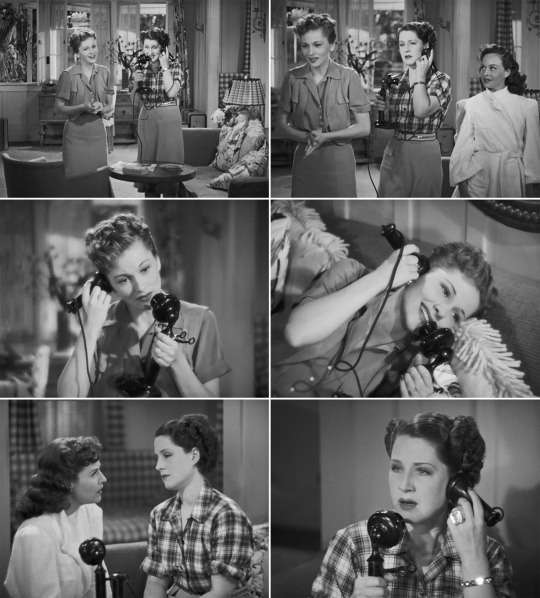


The Women is a 1939 American comedy-drama film directed by George Cukor. The film is based on Clare Boothe Luce's 1936 play of the same name
#the women 1939#the women old hollywood movie#old hollywood#vintage hollywood#old hollywood movies#golden age of hollywood#old hollywood classic#old hollywod glamour#old movies#Joan Crawford#Joan Fontaine#George Cukor#Norma Shearer#Mary Boland#Paulette Goddard#Phyllis Povah
21 notes
·
View notes
Photo

The Women ist natürlich total vernünftig. Oder sagen wir so: Zumindest passiert nichts übernatürliches.
#The Women#Phyllis Povah#Paulette Goddard#Joan Crawford#Rosalind Russell#Norma Shearer#Mary Boland#Joan Fontaine#Lucile Watson#Virginia Weidler#Marjorie Main#Film gesehen#George Cukor
6 notes
·
View notes
Photo

365 Day Movie Challenge (2019) - #77: The Women (1939) - dir. George Cukor
It took about a month for the recently launched Criterion Channel to allow playing films via Chromecast devices, but once I could finally use the app, I broke it in with an old favorite for my parents to enjoy (Harold Lloyd’s Movie Crazy) and then with a film that I had seen in dribs and drabs over the year but never from start to finish: The Women, one of director George Cukor’s many classics from a career that spanned half a century.
Famously, The Women, which originated as a Clare Boothe Luce play, features only female actors in its tremendous cast. Many of MGM’s finest performers grace the film, the ultimate star above all others being Norma Shearer, who had won a Best Actress Academy Award for the risqué pre-Code drama The Divorcee (1930) and was married to MGM head of production Irving Thalberg from 1927 until his untimely death in 1936. In The Women, Shearer’s character, Mary Haines, is at the center of the plot; it’s the revelation in the opening scenes that her husband, Stephen, has been having an affair with department store saleswoman Crystal Allen (Joan Crawford) that sets off the events of the narrative. Gossip, whether exposing truth or lies, serves alternately as a motivator for characters to make positive changes in their lives or to initiate that person’s downfall.
Shearer’s Mary sometimes borders on saintliness, but it’s nice to see this character from a movie made eighty year ago support modern thinking about relationships and men who cheat. Of course, the film’s final shot still sticks out as a corny and irritating choice, but there is still much entertainment value in watching Shearer play an intelligent, complex woman. Casting corraled many of Hollywood and Broadway’s finest female actors of the time - Joan Fontaine, Lucile Watson, Phyllis Povah, Virginia Weidler, Marjorie Main, Virginia Grey, Ruth Hussey, Hedda Hopper, Dennie Moore, Theresa Harris, Butterfly McQueen - but three in particular stand out.
Rosalind Russell gives the best performance in the film, firing on all cylinders as the scandalmonger who first breaks the news about Stephen's philandering, combining smart-alecky wisecracking with impressive physical comedy, while Mary Boland is delightful as a countess who repeatedly divorces and marries men, convinced that “l’amour” is always waiting to be rediscovered, and lastly Paulette Goddard is charming and clever as the matter-of-fact homewrecker who is proud to have ruined Russell’s loveless marriage. Even though some of the progressive ideas presented in The Women are undone by the time we reach the denouement, there is a lot of enjoyment in watching so many talented performers bask in the glow of a unique showcase.
#365 day movie challenge 2019#the women#1939#1930s#30s#george cukor#old hollywood#criterion channel#criterion#norma shearer#irving thalberg#mgm#metro goldwyn mayer#clare boothe luce#joan crawford#joan fontaine#lucile watson#phyllis povah#virginia weidler#marjorie main#virginia grey#ruth hussey#hedda hopper#dennie moore#theresa harris#butterfly mcqueen#rosalind russell#mary boland#paulette goddard#women in film
3 notes
·
View notes
Text
7 agosto … ricordiamo …
7 agosto … ricordiamo …
#semprevivineiricordi #nomidaricordare #personaggiimportanti #perfettamentechic
2021: Jane Withers, attrice statunitense che iniziò a recitare fin da bambina, esordendo nel 1932. Zia dell’attrice televisiva Bernadette Withers, iniziò a recitare sin dal 1932, all’età di sei anni per proseguire fino al 2002, anno del suo ritiro. Nel 1947 sposò Bill Moss, dal quale ebbe tre figli: Wendy nel 1948, William nel 1950 e Randy nel 1952, e dal quale divorziò nel 1955. Nello stesso…

View On WordPress
#7 agosto#Anita Farra#Étienne Chicot#Brion Howard James#Brion James#Bruno Cremer#Charles Carlton Maxwell#Charles Maxwell#Ferdinando Angelini#Giusta Manca di Villahermosa#Ignazio Balsamo#Jane Withers#John Anderson#Markie Post#Morti 7 agosto#Nando Angelini#Oliver Hardy#Oliver Norvell Hardy#Ollio#Phyllis Povah#Rubi Dalma#Ruby Dalma#Salvatore Ferragamo#Thomas Neal#Tom Neal
1 note
·
View note
Photo






The Women (1939) - Batch 1
I made some gifs from this film a long while ago. It’s one of my favorite films. I was revisiting it and grabbed a few more just for the hell of it.
1 note
·
View note